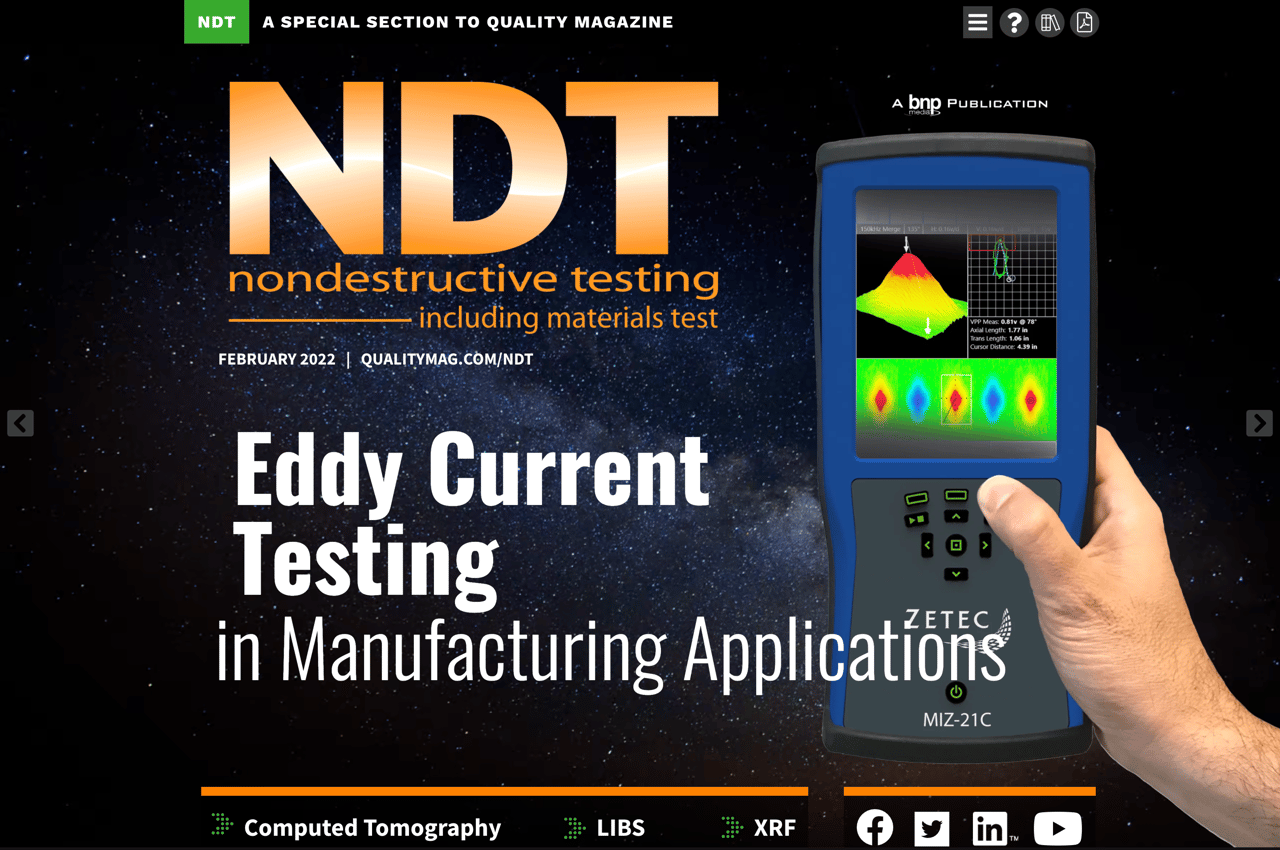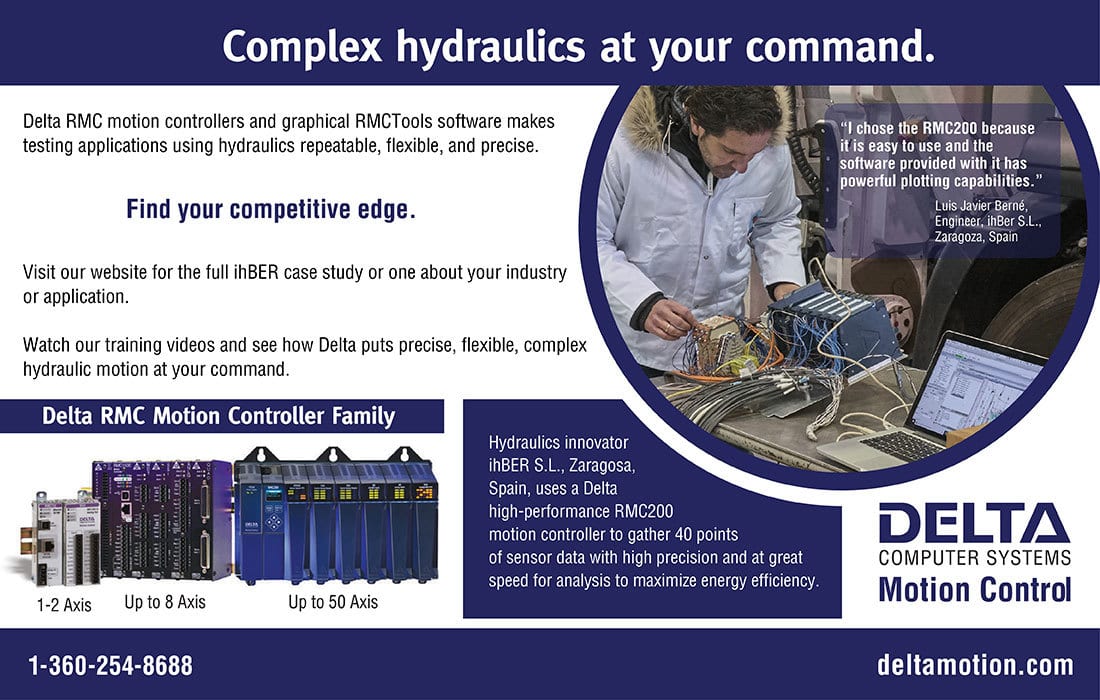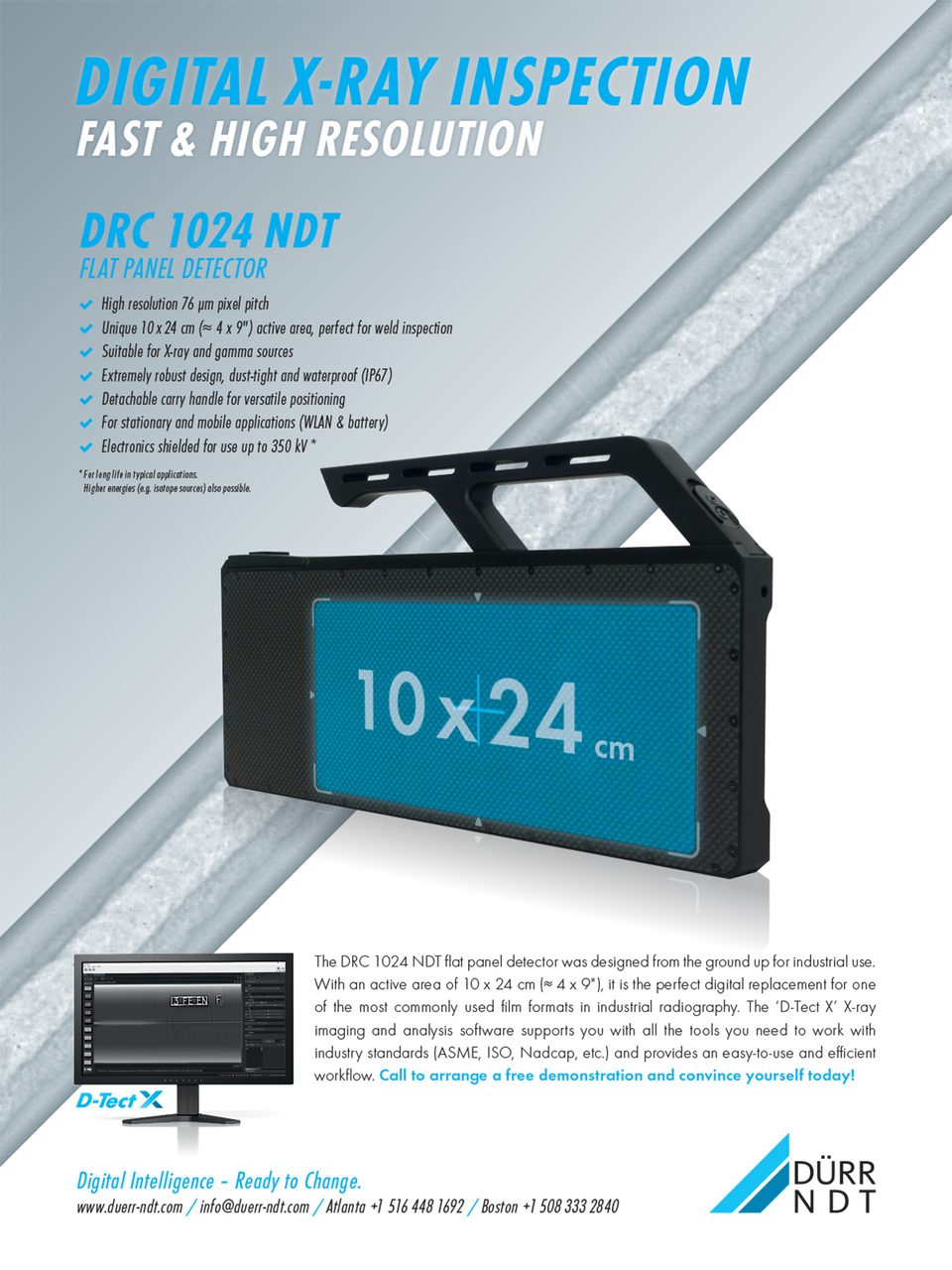
Table of contents
Custom Gaging
Laser Trackers
ERP Software
Plant of the Year
CMMs
In the Next Issue
Industry News
The Latest Breaking News
Quality 101
The Advanced Force Tester
Products
The Latest Products
Case Study
How a Custom Crusher Used Precise Motion Data to Open New Manufacturing Possibilities
Special Advertising Section
Case Studies
Buyers Guide / Sourcebook Premium Sponsors
Directory Listings
Contact us
Staff Contact Information
Departments
MEASUREMENT
Turning GD&T From Grim, Depressing & Troublesome Into Something Grand, Delightful & Tantalizing
For the sake of industries around the world, it is time to make GD&T much easier to use, and much easier to use correctly.
TEST & INSPECTION
How AI and Machine Vision Intersect
No matter how you slice it, machine vision has become more capable.
TEST & INSPECTION
How Collaborative is Your Manufacturing Application?
The design and operation of the manufacturing application will determine how and how often the human and robot will collaborate.
TEST & INSPECTION
The Shrinking Pixel
What motivates smaller pixels? It’s mainly cost, which is directly tied to image sensor size.
SOFTWARE
Manual Data Entry and its Effects on Quality
Let’s look at the scary truth behind manual data entry as it relates to the calibration process.
MANAGEMENT
When the Going Gets Tough
Leading manufacturers know the importance of continuous improvement.
Features
The scary truth behind manual data entry as it relates to the calibration process.
Source: kzenon/iStock/Getty Images Plus via Getty Images.

About The Cover
From the editor | Darryl Seland
Indecision
Face of quality | Jim L. Smith
Elusive Quality
Speaking of Quality | JANE D. Keathley
Process Innovation or Innovation Process?
Columns
Quality Advertising Index
This index is provided as a reader service.
The publisher assumes no liability for errors or omissions.
Extra Online Content
Podcast
Today’s CMM Technology
David Wick, manager of product management at ZEISS Industrial Quality Solutions, describes how CMMs can be used in industries from electric vehicles to additive manufacturing, and offers advice on getting the most out of the technology.
Podcast
A Career in Continuous Improvement
Jim Spichiger, past-chair of the ASQ Inspection Division and a long-time quality expert, discusses how continuous improvement projects might work, misconceptions about the process, and improvement successes from his own career.
PODCAST
The Need for Additive Standards
Carl Dekker explains how additive technologies have evolved, why additive standards are needed, and how you can get involved in the process.
PODCASt
How to Think About Calibration
James Guede offers his advice on the calibration process and how companies can maximize the value of it.
Extra Online Content
Connect with Quality
Connect with us to receive updates and to network with other industry professionals just like you.





